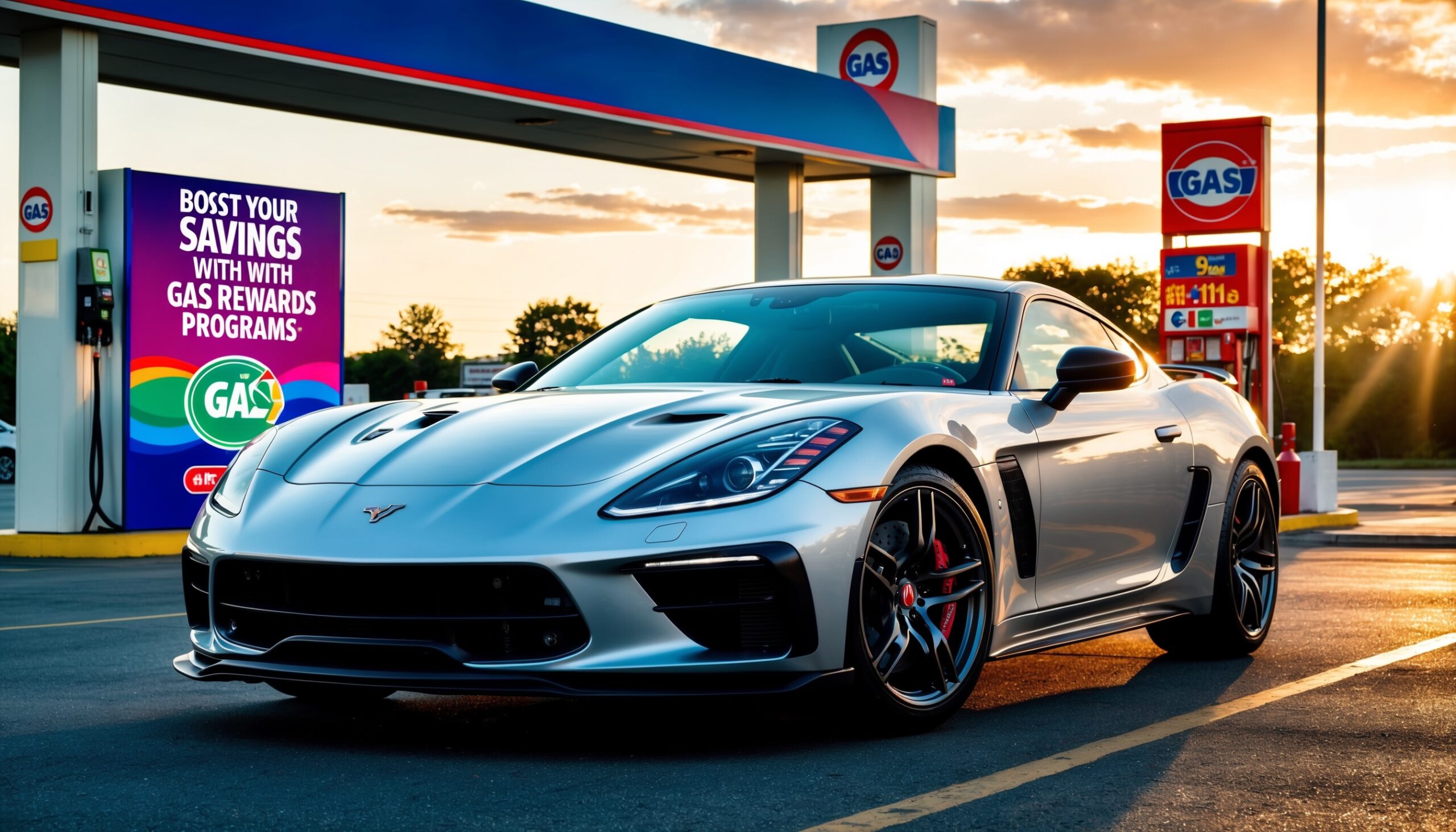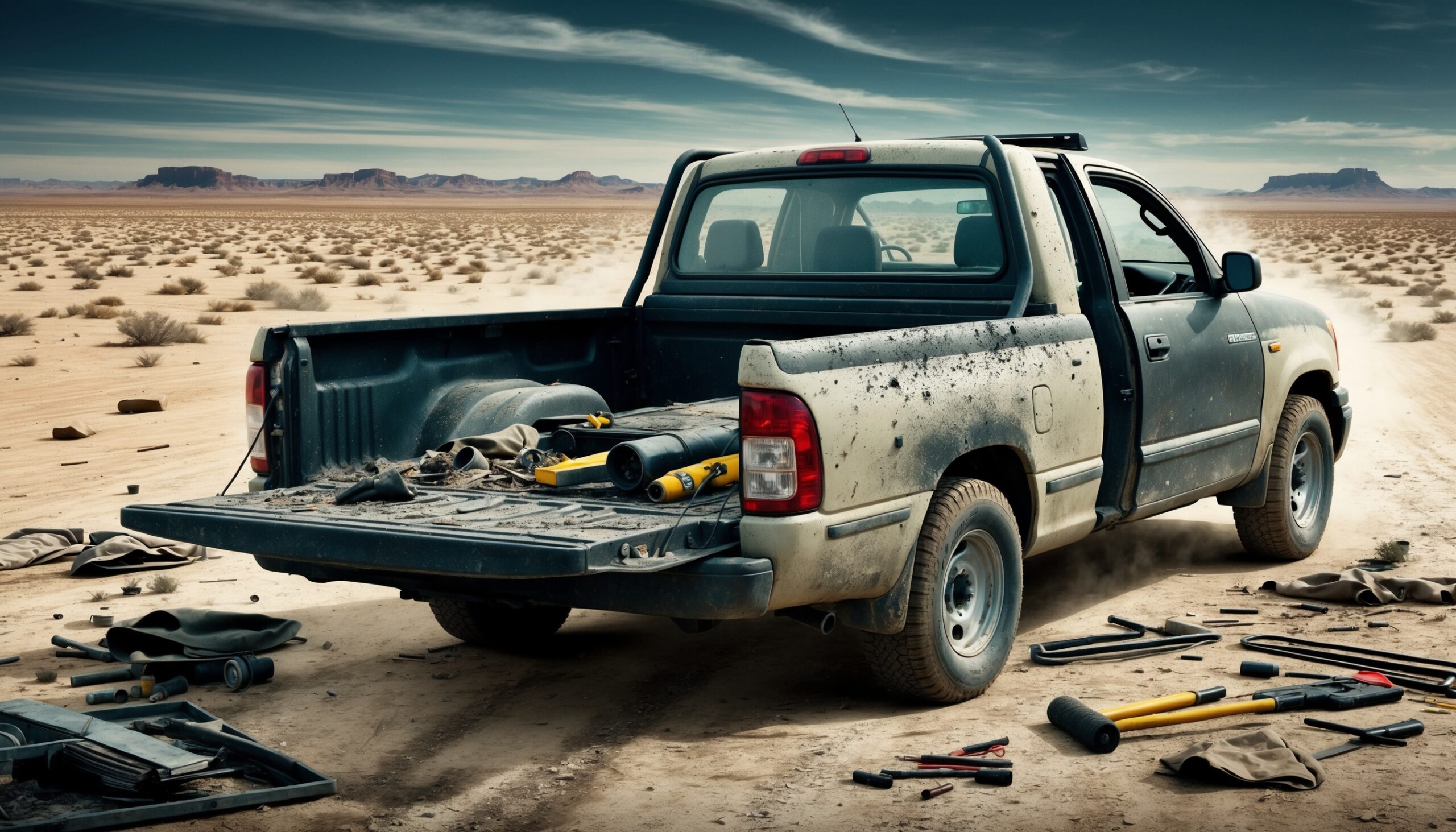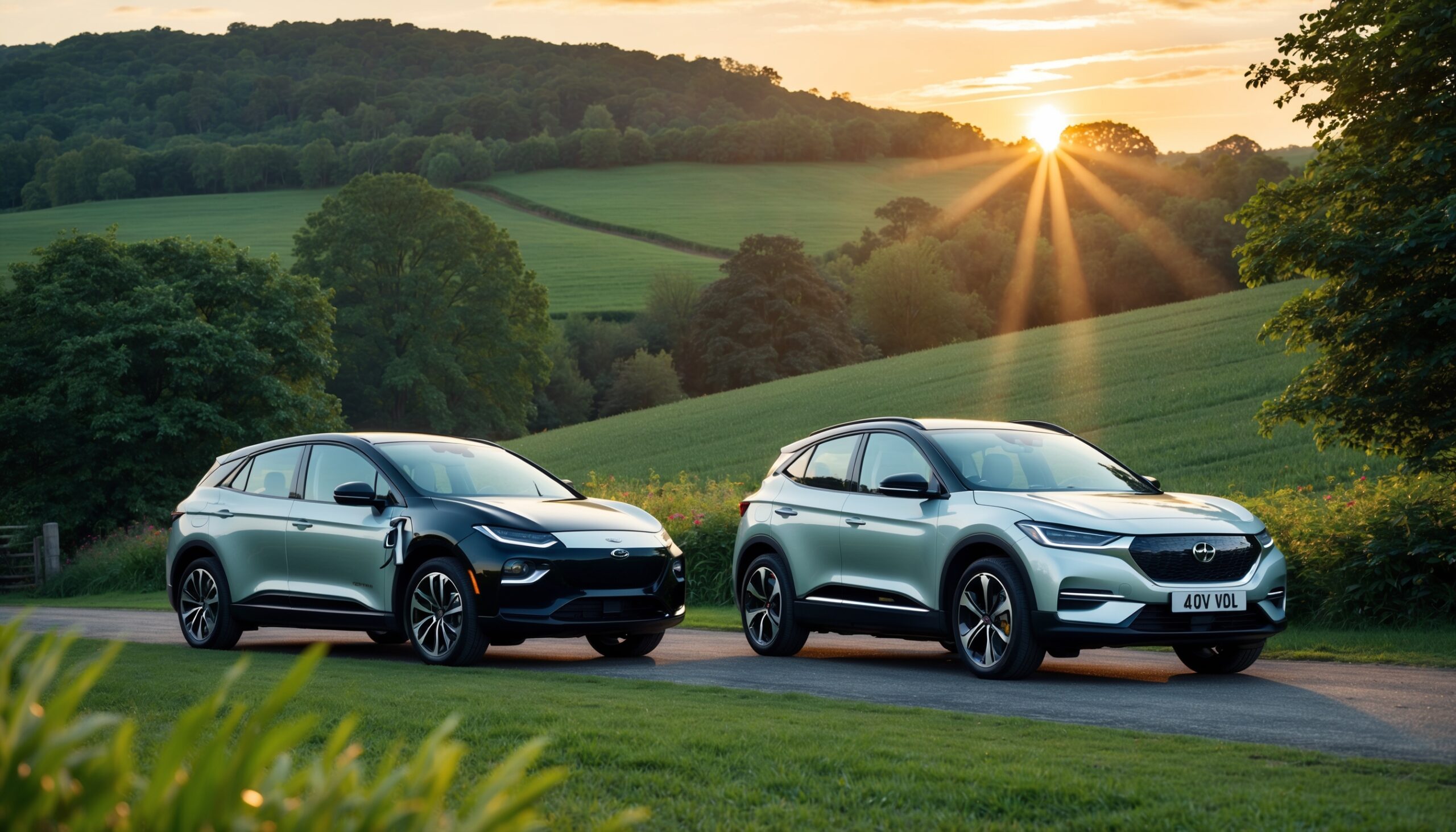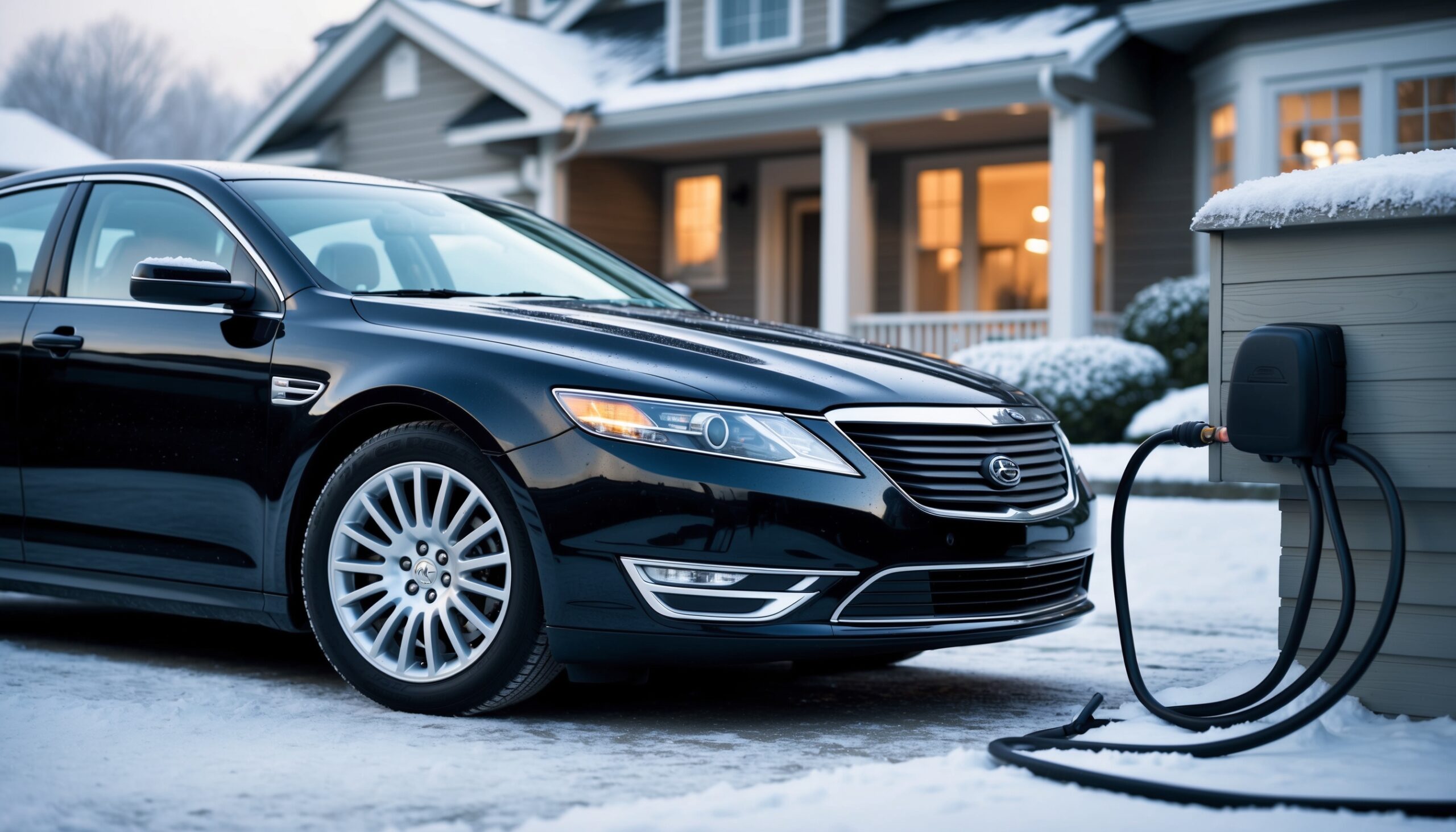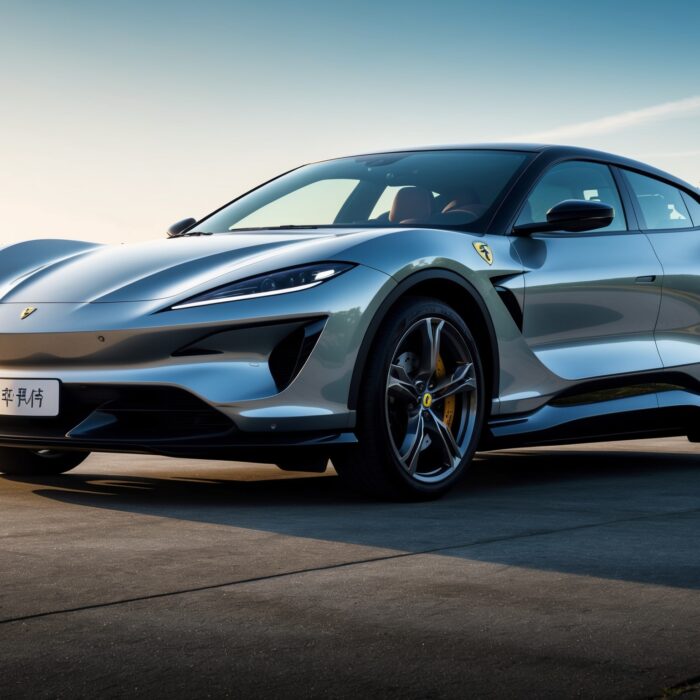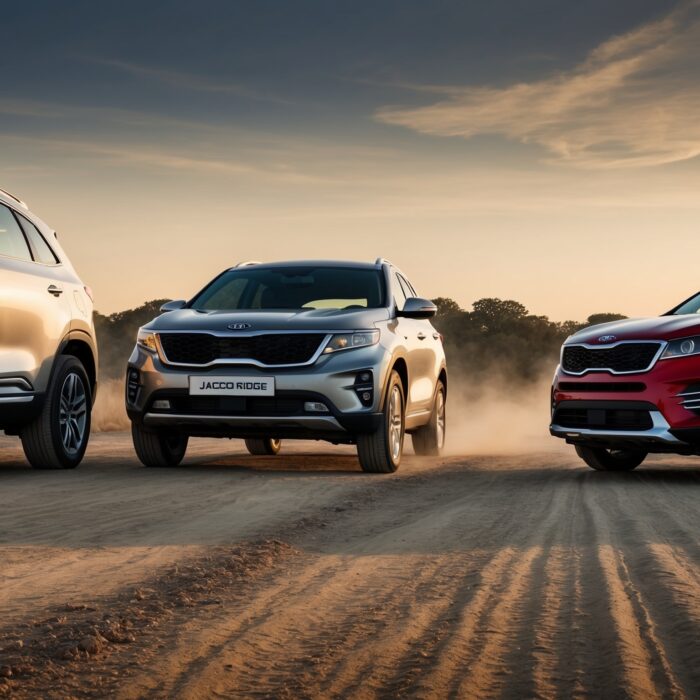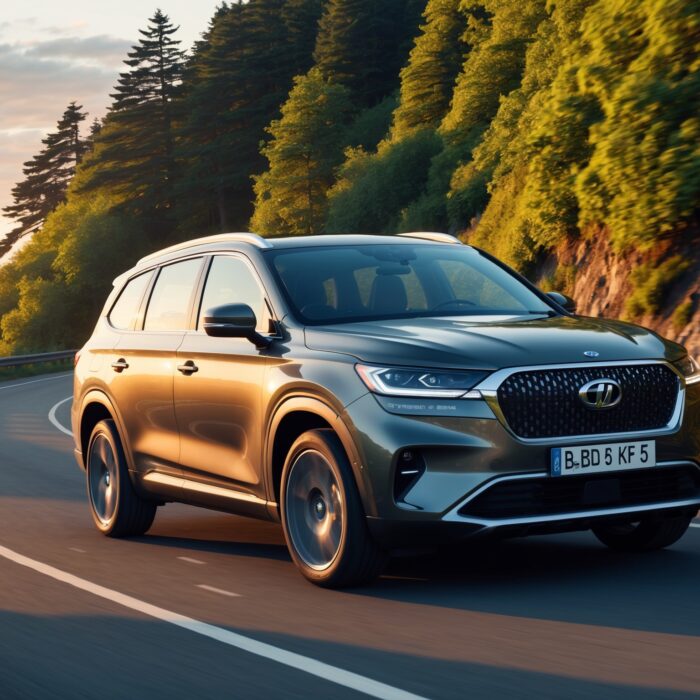Why Harley-Davidson Dealerships are Closing Nationwide: Unveiling the Reasons
As a car enthusiast, you may have noticed something unsettling in the world of motorcycles lately. Harley-Davidson, an iconic name synonymous with American freedom and the open road, is facing a troubling trend: dealerships are closing their doors at an alarming rate. Once a staple in countless towns and cities, these dealerships are becoming rare sights. But why is this happening? In this article, we’ll delve into the multifaceted reasons behind the decline of Harley-Davidson dealerships nationwide, exploring everything from market shifts to consumer preferences.
The Changing Landscape of Motorcycling
Motorcycling has always been a unique blend of passion, lifestyle, and community. However, the landscape is changing. With generational shifts and evolving interests, the classic image of the Harley rider is transforming. Let’s break down some of the critical factors contributing to the struggles of Harley-Davidson dealerships.
1. Demographic Shifts
One of the primary reasons for the decline in Harley-Davidson dealership numbers is the changing demographics of motorcycle enthusiasts. The traditional Harley rider, often portrayed as a rugged baby boomer, is not the only market anymore. Younger generations, such as Millennials and Gen Z, are beginning to dominate the motorcycle scene.
- Younger Riders’ Preferences: Many younger riders are drawn to lighter, more agile bikes, often favoring brands that represent a modern aesthetic instead of the classic cruiser image.
- Different Values: Younger consumers tend to prioritize sustainability and eco-friendliness, which often translates to a preference for electric bikes and alternative transport options.
- Experience Over Ownership: There’s a growing trend among younger generations to value experiences over material possessions. This shift can lead to a decline in motorcycle ownership overall.
2. Economic Factors
The economy plays a significant role in the health of any retail sector, and the motorcycle industry is no exception. Here are a few economic factors affecting Harley-Davidson dealerships:
- Rising Costs: The cost of living has risen significantly in many areas across the United States, leading to less disposable income for potential buyers.
- Interest Rates: Higher interest rates can deter financing options, making it more challenging for consumers to purchase motorcycles.
- Competition from Other Recreational Vehicles: With the rise of ATVs, side-by-sides, and electric scooters, potential buyers might be diverting their spending away from traditional motorcycles.
3. Brand Identity Crisis
Harley-Davidson has long been seen as an emblem of American culture, but in recent years, the brand has faced an identity crisis. As society evolves, so do consumer expectations. Here’s how this crisis manifests:
- Outdated Image: While many still see Harley as the ultimate motorcycle brand, some younger enthusiasts view it as outdated and out of touch with contemporary values.
- Limited Product Range: Harley’s extensive lineup of cruisers hasn’t adapted quickly enough to meet the diverse tastes of modern riders.
- Marketing Missteps: Attempts to rebrand and connect with younger audiences have sometimes fallen flat, leading to confusion about the brand’s identity.
The Impact of Online Sales
In the digital age, the way consumers shop has fundamentally changed. Online shopping has disrupted traditional retail models, and Harley-Davidson dealerships are no exception. Here’s how this trend is affecting their operations:
1. The Rise of E-commerce
Consumers are increasingly turning to online platforms for their purchase needs. This shift can significantly impact brick-and-mortar dealerships.
- Convenience: Online shopping offers unparalleled convenience. Consumers can browse models, read reviews, and even finalize purchases without stepping foot outside their homes.
- Price Comparisons: Shoppers can easily compare prices across multiple dealerships and even buy from out-of-state sellers, driving prices down and putting pressure on local dealerships.
2. Direct Sales Models
Some manufacturers have adopted direct-to-consumer sales models, allowing buyers to purchase bikes directly from the manufacturer. This approach can sideline dealerships altogether.
- Less Dependence on Dealerships: Without the need for a middleman, manufacturers can offer competitive prices and more streamlined purchasing processes.
- Personalization: Consumers appreciate the ability to customize their purchases online, often leading to a more satisfying buying experience.
Changing Consumer Preferences
As times change, so do the preferences of motorcycle consumers. Here are a few trends that are impacting Harley-Davidson dealerships:
1. The Electric Revolution
Electric vehicles are no longer a futuristic concept; they are now a significant part of the automotive landscape. Harley-Davidson has made strides with its LiveWire electric motorcycle, but it’s crucial to consider the overall consumer sentiment:
- Growing Interest in Electric Bikes: Many consumers are seeking eco-friendly alternatives, and electric motorcycles are gaining traction.
- Competition from New Brands: Newcomers to the market, such as Zero Motorcycles and Energica, are capturing the attention of consumers with innovative electric offerings.
2. Customization Culture
Customization has become a cornerstone of motorcycle culture. Riders want bikes that reflect their personalities and lifestyles, leading to a demand for more personalized options.
- Aftermarket Parts and Accessories: Consumers are increasingly interested in modifying their bikes, leading them to seek out brands that support customization.
- Brand Loyalty: Riders often develop loyalty to brands that cater to their unique tastes and preferences, which can lead to a decline in traditional dealership sales.
Operational Challenges for Dealerships
Running a dealership is no easy feat, and Harley-Davidson dealerships face unique operational challenges that can contribute to their closure:
Also Read: Unleashing V8-like Power: 4-Cylinder Engines That Pack a Punch
1. Inventory Management
Managing inventory effectively is critical for any dealership’s success. Harley dealerships may struggle with:
- Overstocked Models: If certain models don’t sell, they can quickly become outdated, leading to financial strain.
- New Model Releases: With new models frequently being released, dealerships must adapt quickly to changing inventories.
2. High Operating Costs
The costs associated with running a dealership can be steep, particularly for smaller, independent Harley-Davidson locations. Some contributing factors include:
- Real Estate Costs: The price of maintaining a physical location can be prohibitively high, especially in urban areas.
- Staffing Costs: Hiring and retaining knowledgeable staff is essential, but also expensive.

Rethinking the Future of Harley-Davidson
In light of these challenges, Harley-Davidson dealerships must rethink their strategies to survive and thrive in a changing market. Here are some potential paths forward:
1. Embracing Digital Marketing
Dealerships need to prioritize their online presence to attract new customers effectively. This includes:
- Social Media Engagement: Utilizing platforms to connect with younger audiences and showcase inventory can be crucial.
- Content Creation: Providing valuable content, like how-to guides and motorcycle maintenance tips, can establish dealerships as trusted resources.
2. Diversifying Offerings
Dealerships can attract a broader audience by diversifying their product offerings:
- Electric Models: Incorporating electric motorcycles can help capture the growing market segment interested in sustainable options.
- Accessories and Apparel: Expanding the range of available accessories and branded merchandise can attract non-motorcycle enthusiasts as well.
3. Building Community
Fostering a sense of community can create loyal customers who return to the dealership for more than just sales:
- Rider Events: Hosting events, rides, and meet-ups can attract local enthusiasts and create a stronger customer base.
- Workshops and Training: Offering maintenance workshops can engage customers and encourage them to return to the dealership for their motorcycle needs.
The Road Ahead for Harley-Davidson
The closure of Harley-Davidson dealerships nationwide is a complex issue influenced by various factors, including market dynamics, economic conditions, and shifting consumer preferences. As the iconic brand navigates this challenging landscape, it’s essential to recognize that the motorcycle community is resilient and adaptive.
While the future of Harley-Davidson dealerships may look uncertain, it’s also an opportunity for transformation. By embracing change and focusing on the needs of modern riders, these dealerships can find new ways to thrive. Whether it’s through digital adaptation, diversification, or community building, there’s still hope for Harley-Davidson to reclaim its position as a leader in the motorcycle market.
Also Read: The Fascinating Reason Engines Still Use Horsepower
As enthusiasts, we should support local dealerships and engage with the broader motorcycle community. After all, the spirit of motorcycling is about more than just the machines; it’s about the experiences, the journeys, and the connections we make along the way. At Torque Feed, we’ll continue to follow this story closely, shining a light on the evolving world of motorcycling and what it means for all of us who love the ride.

